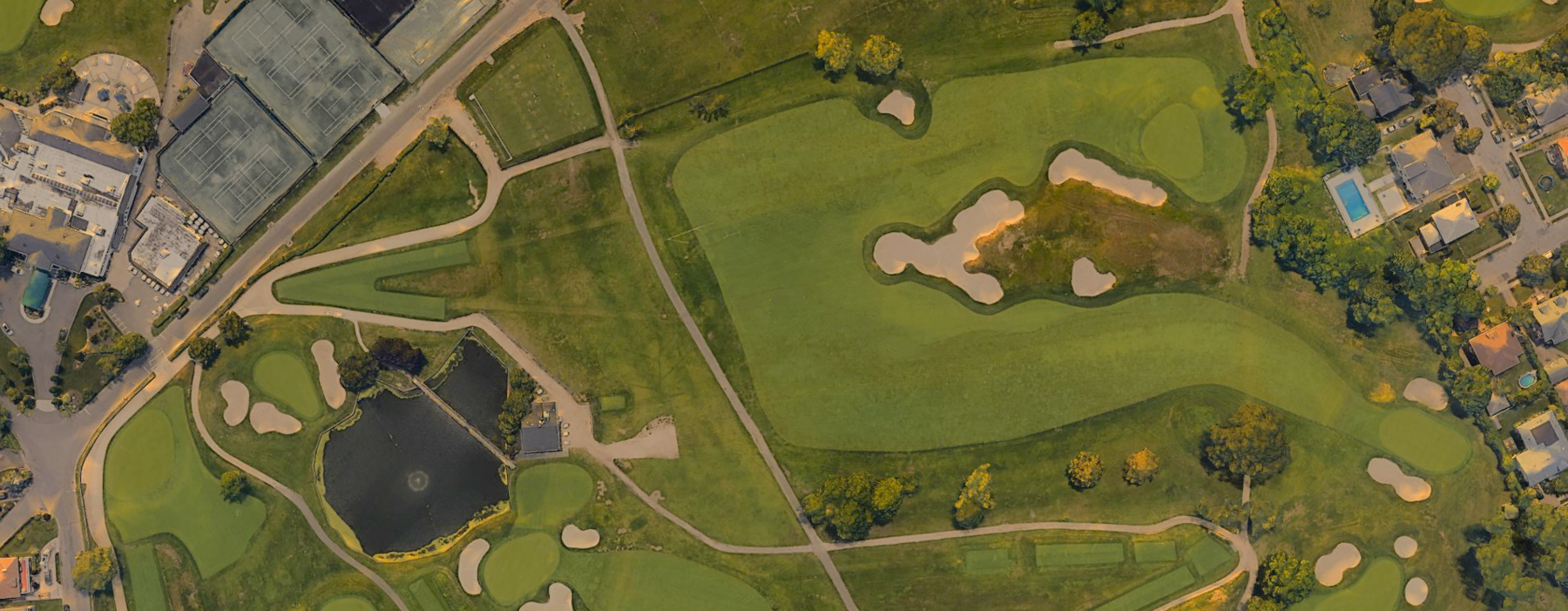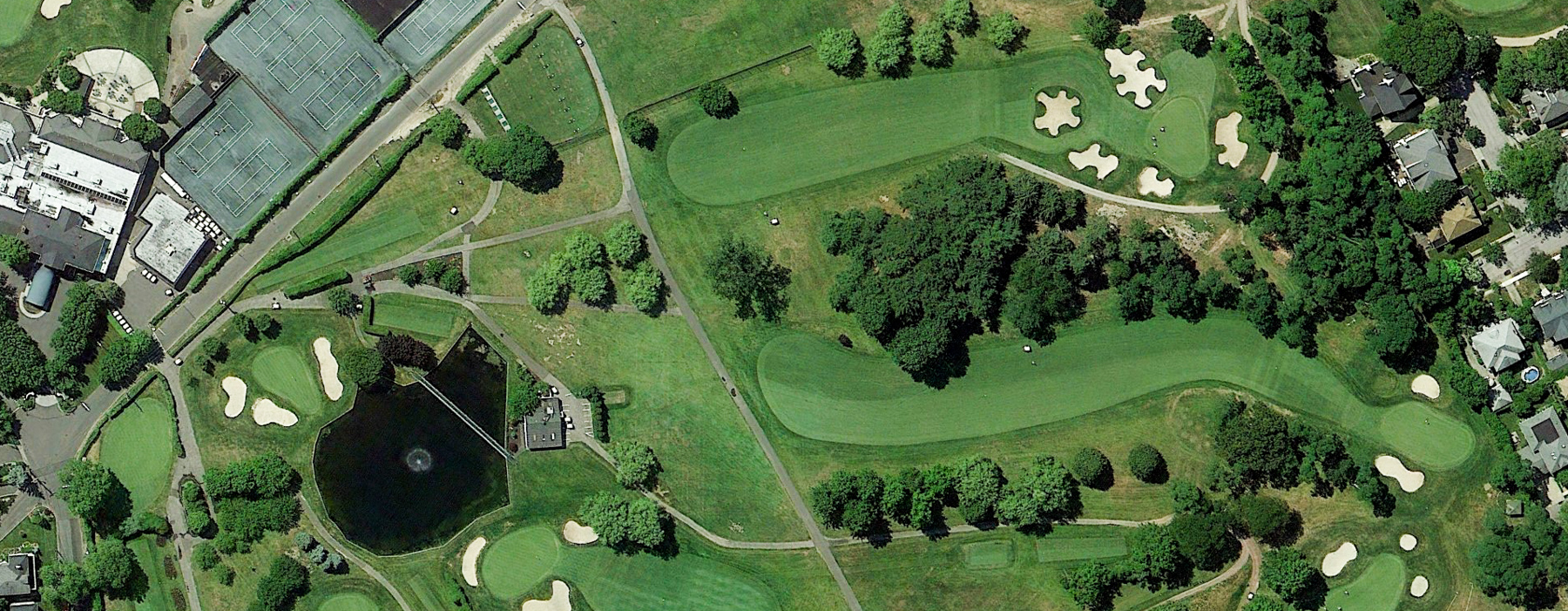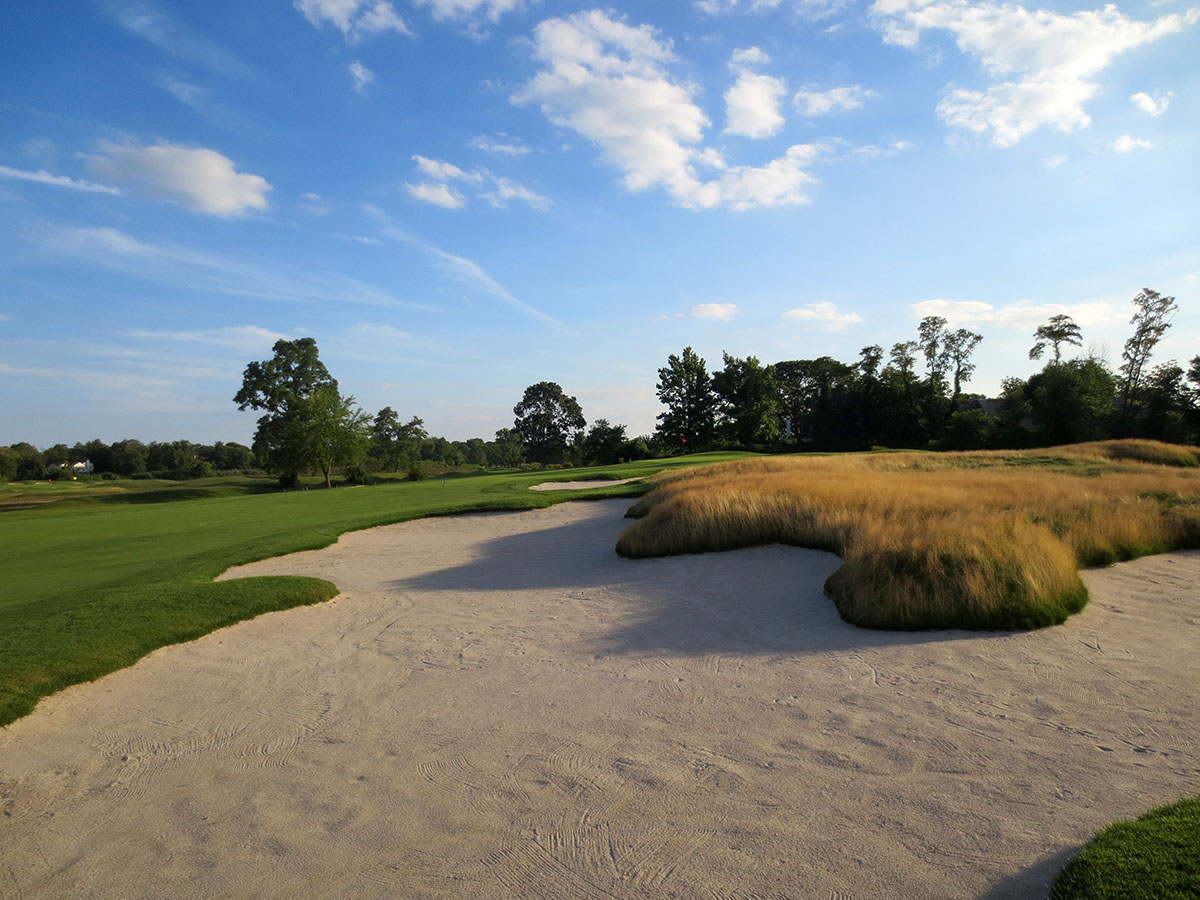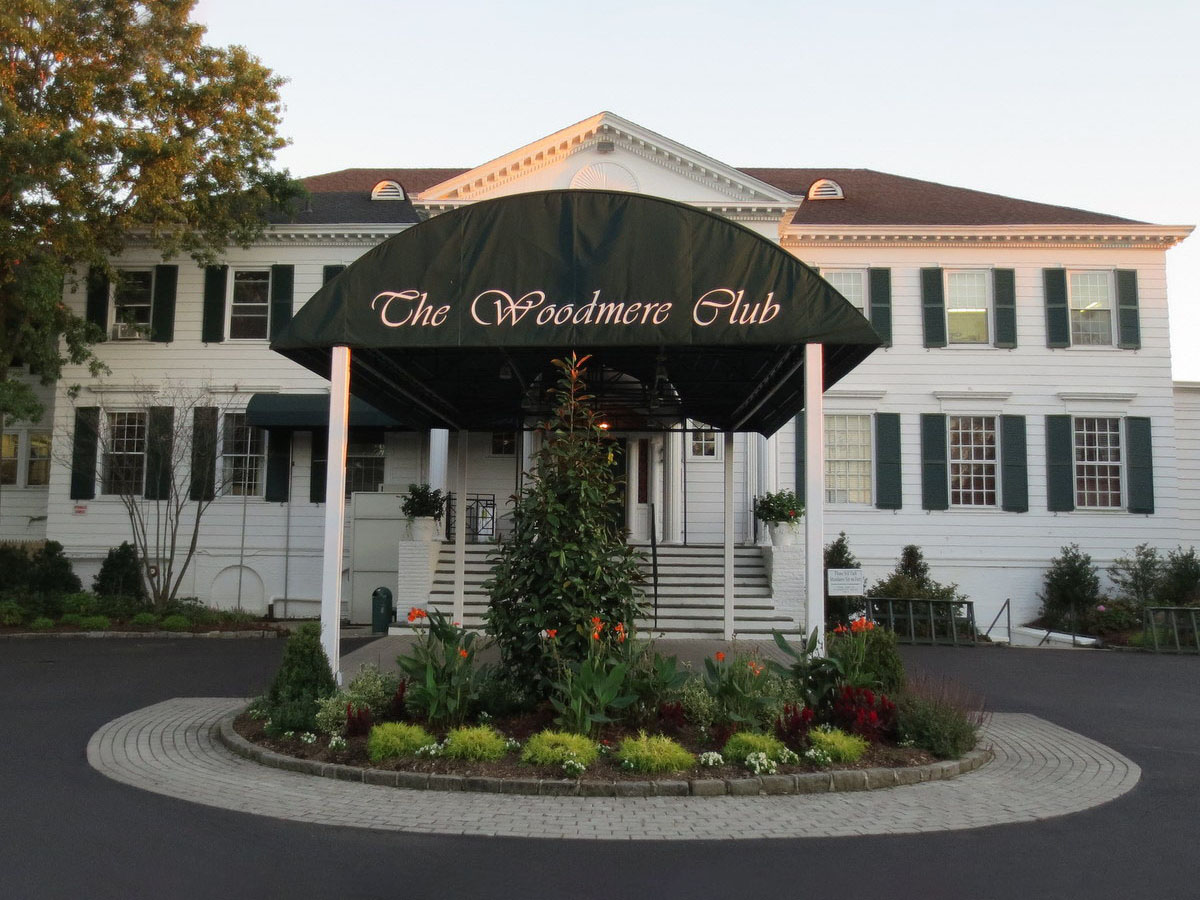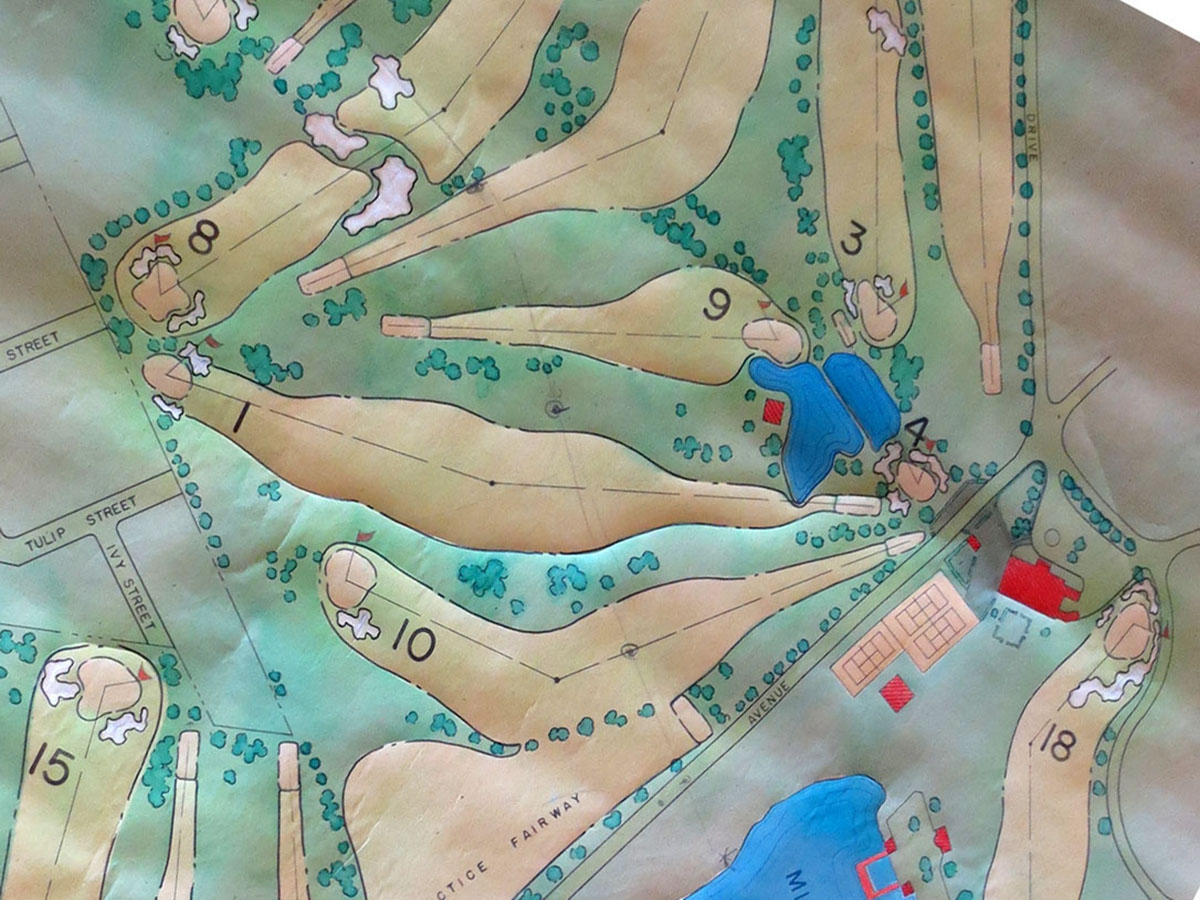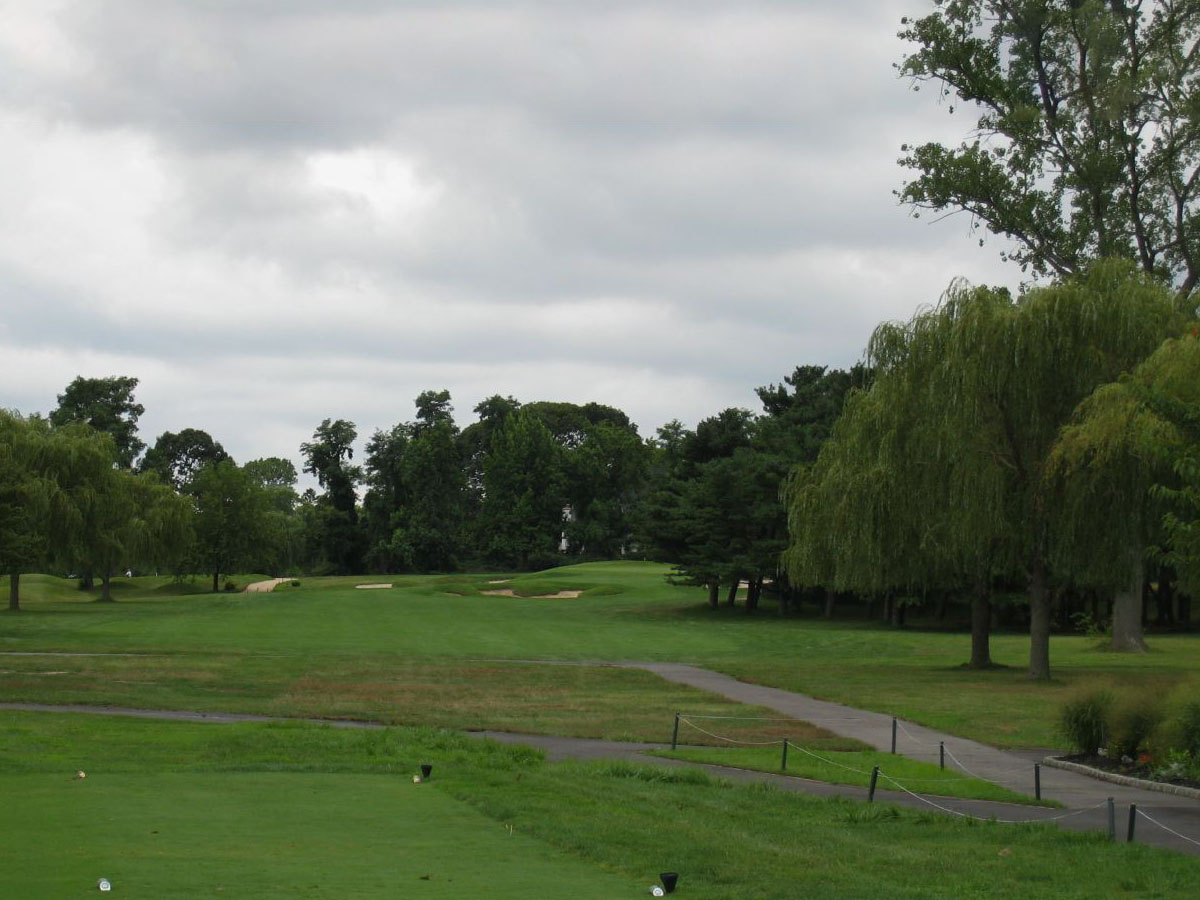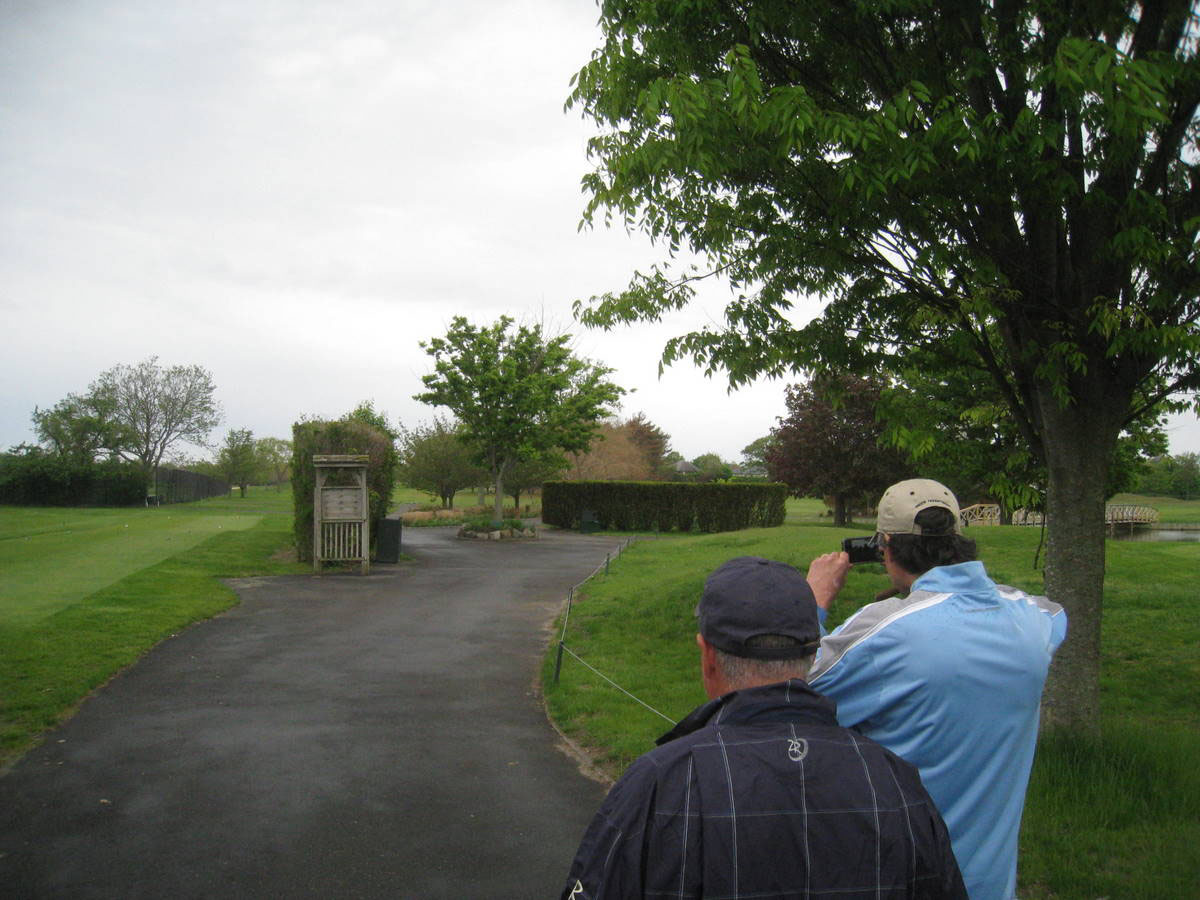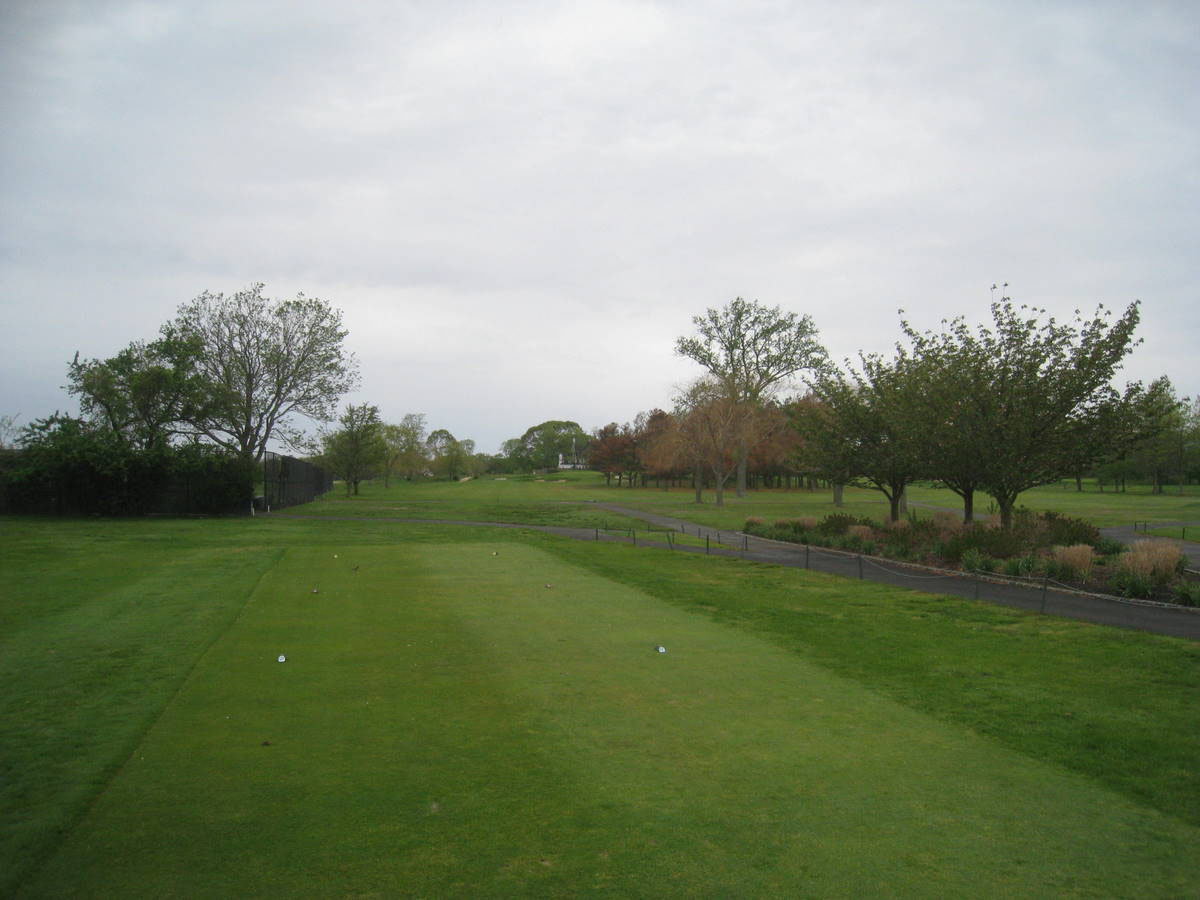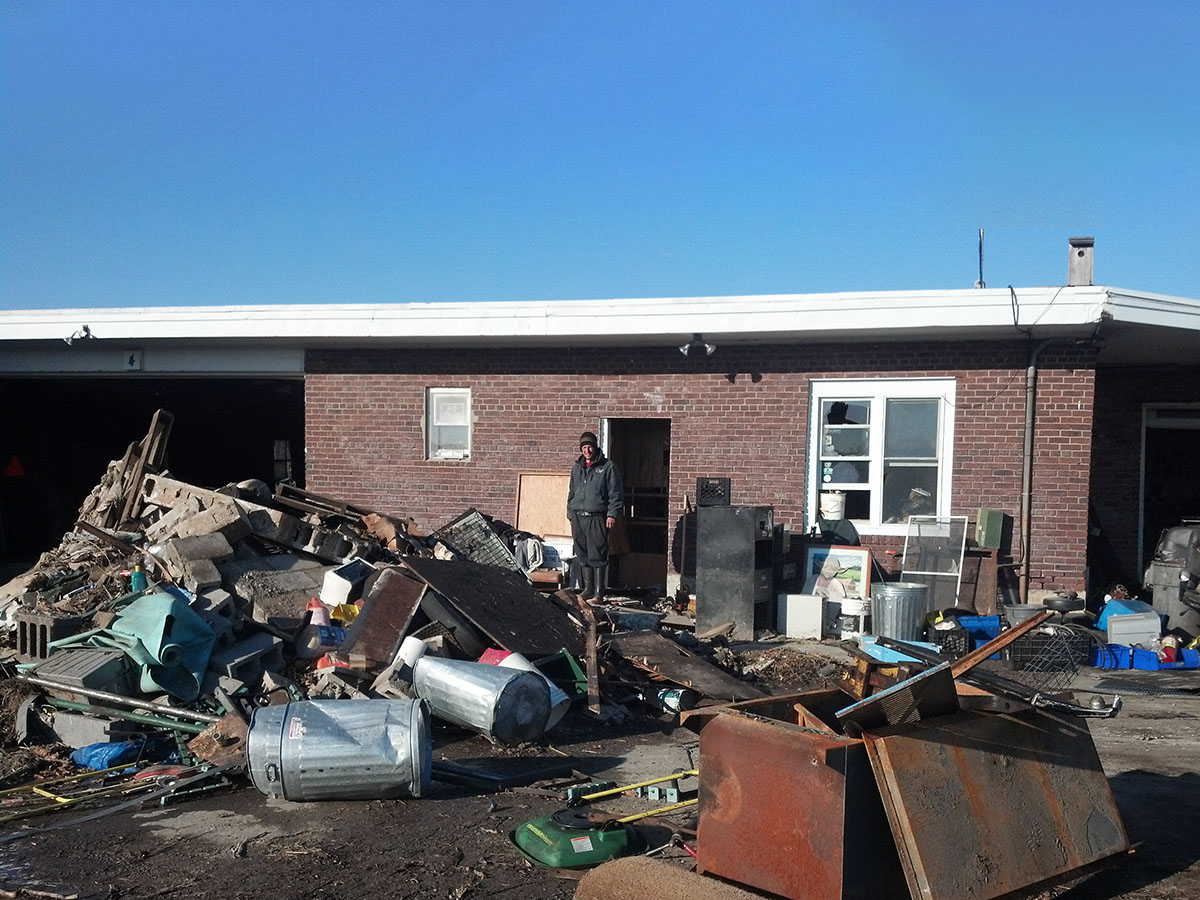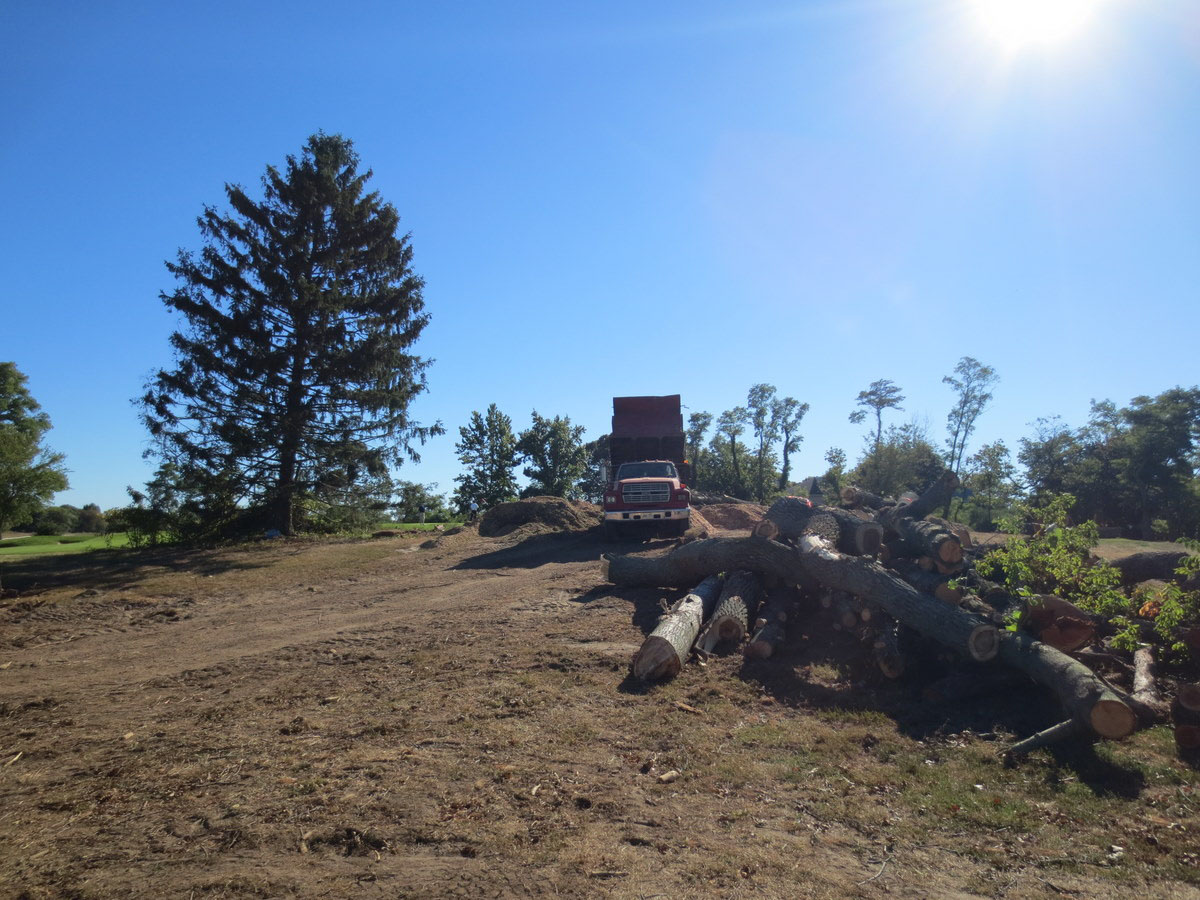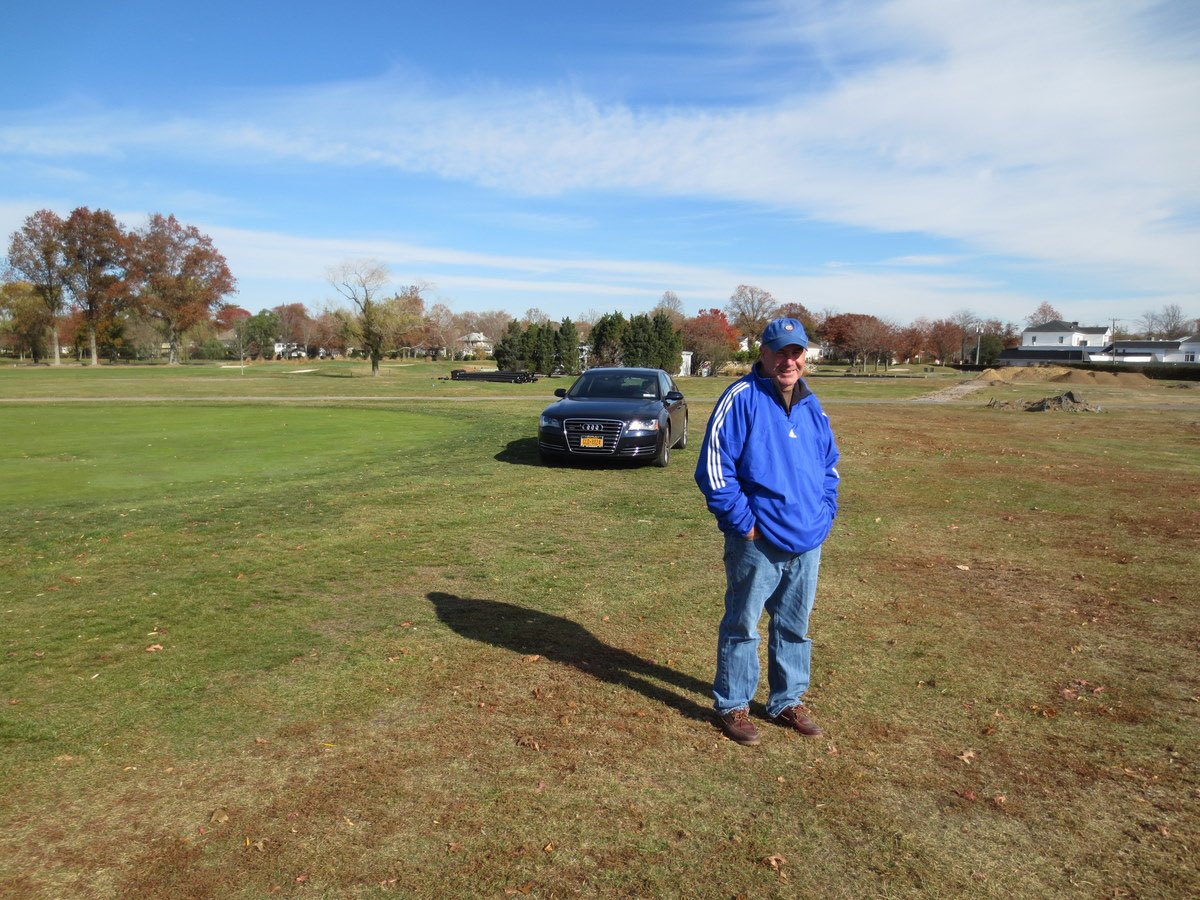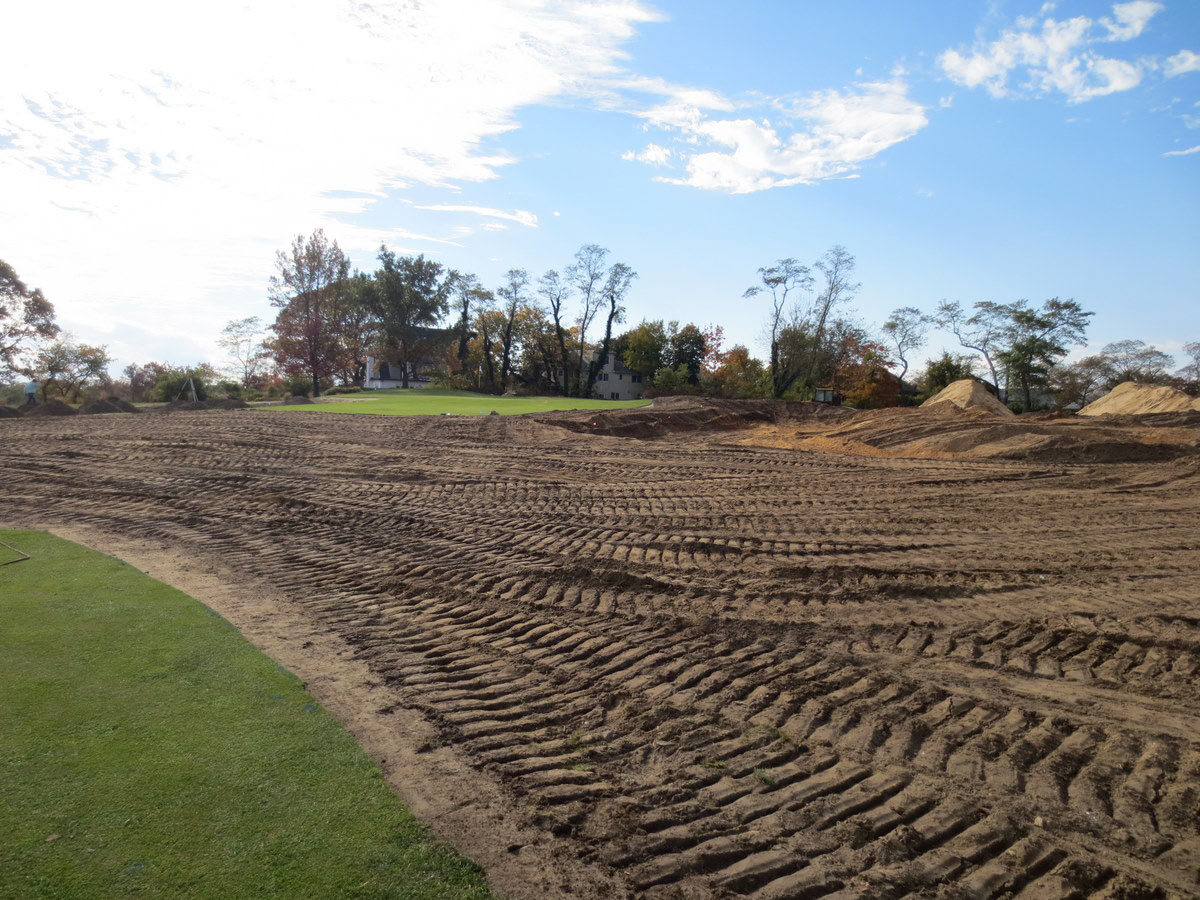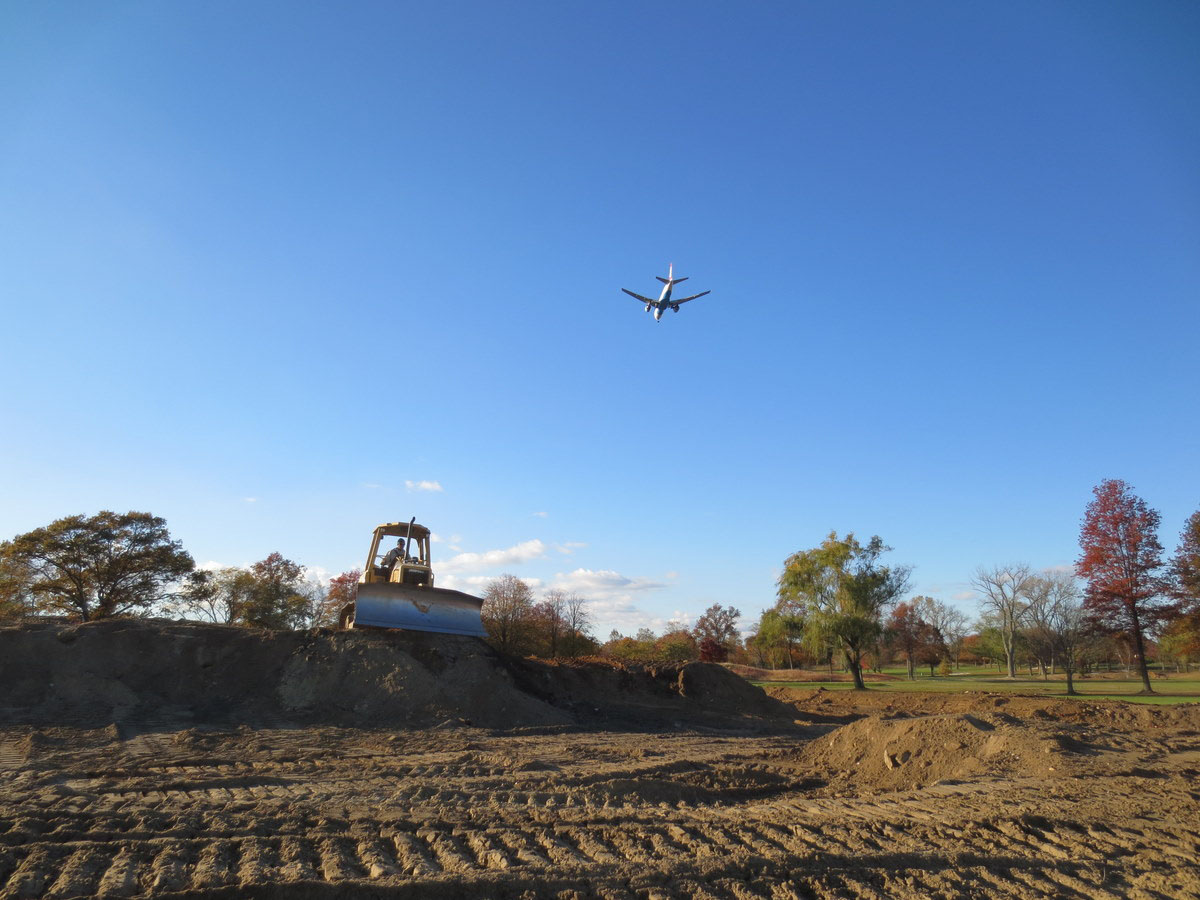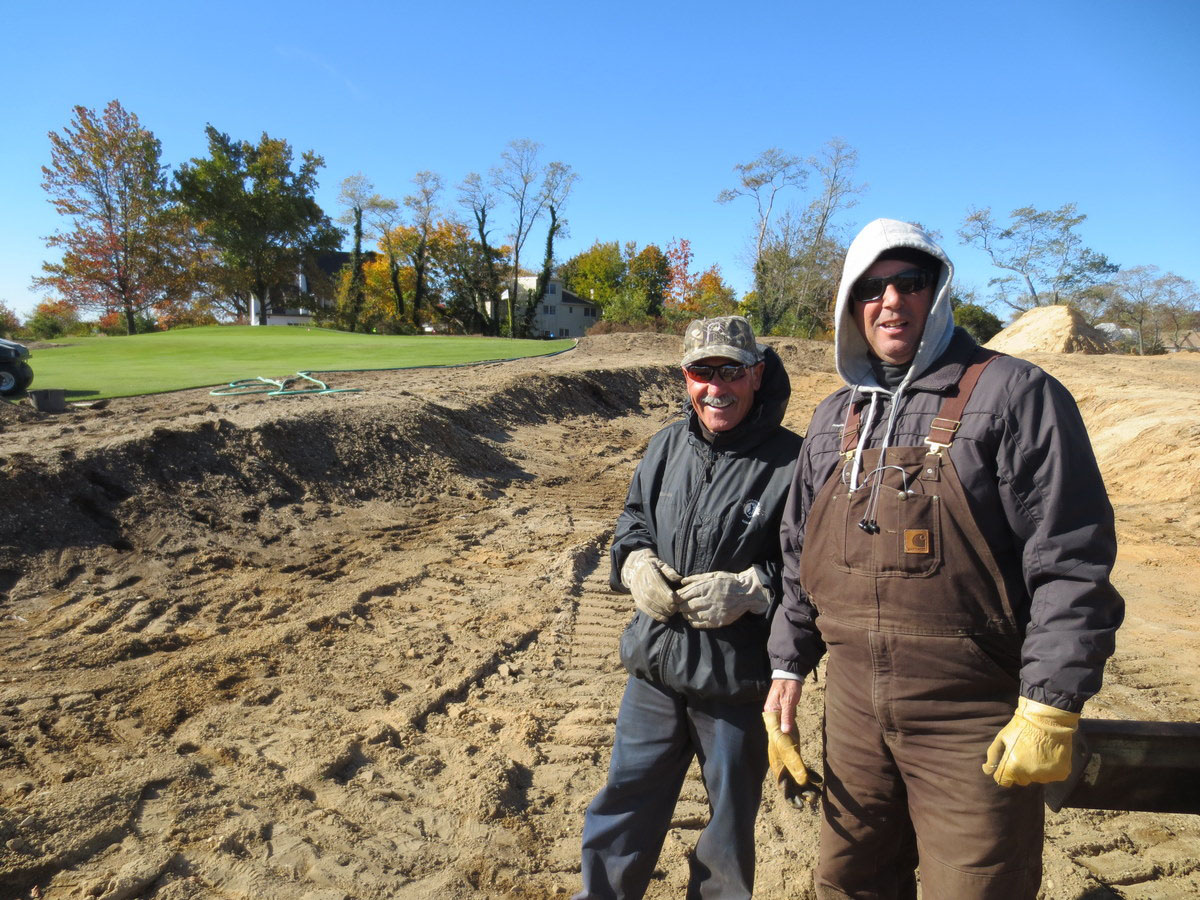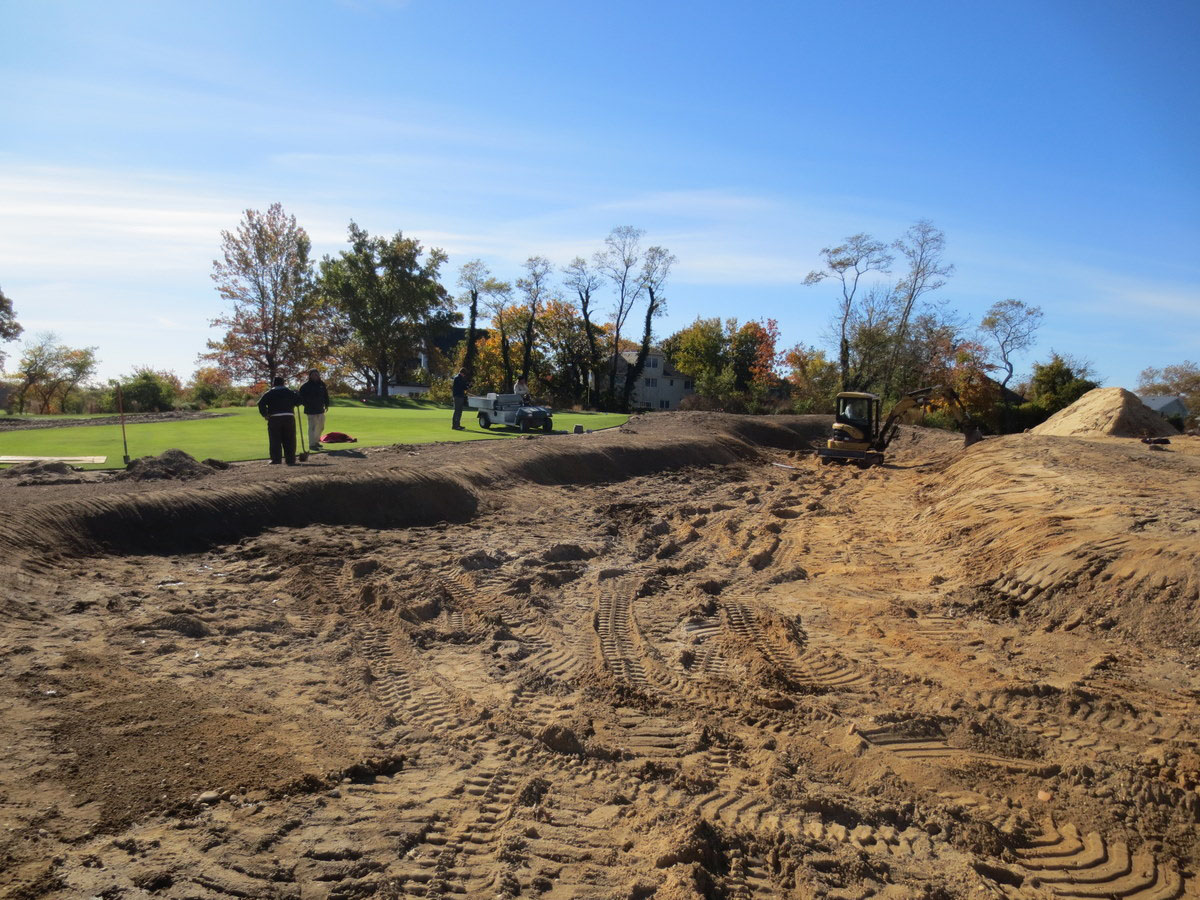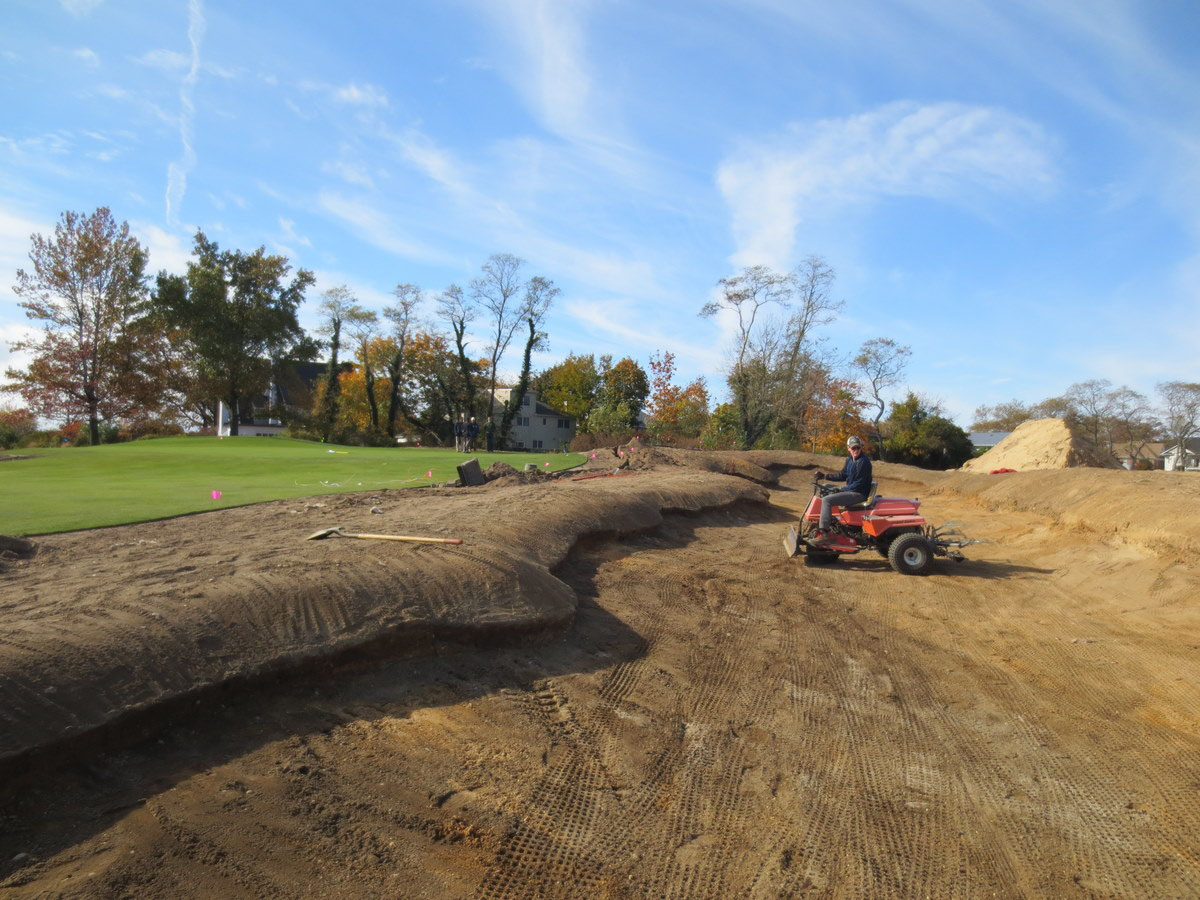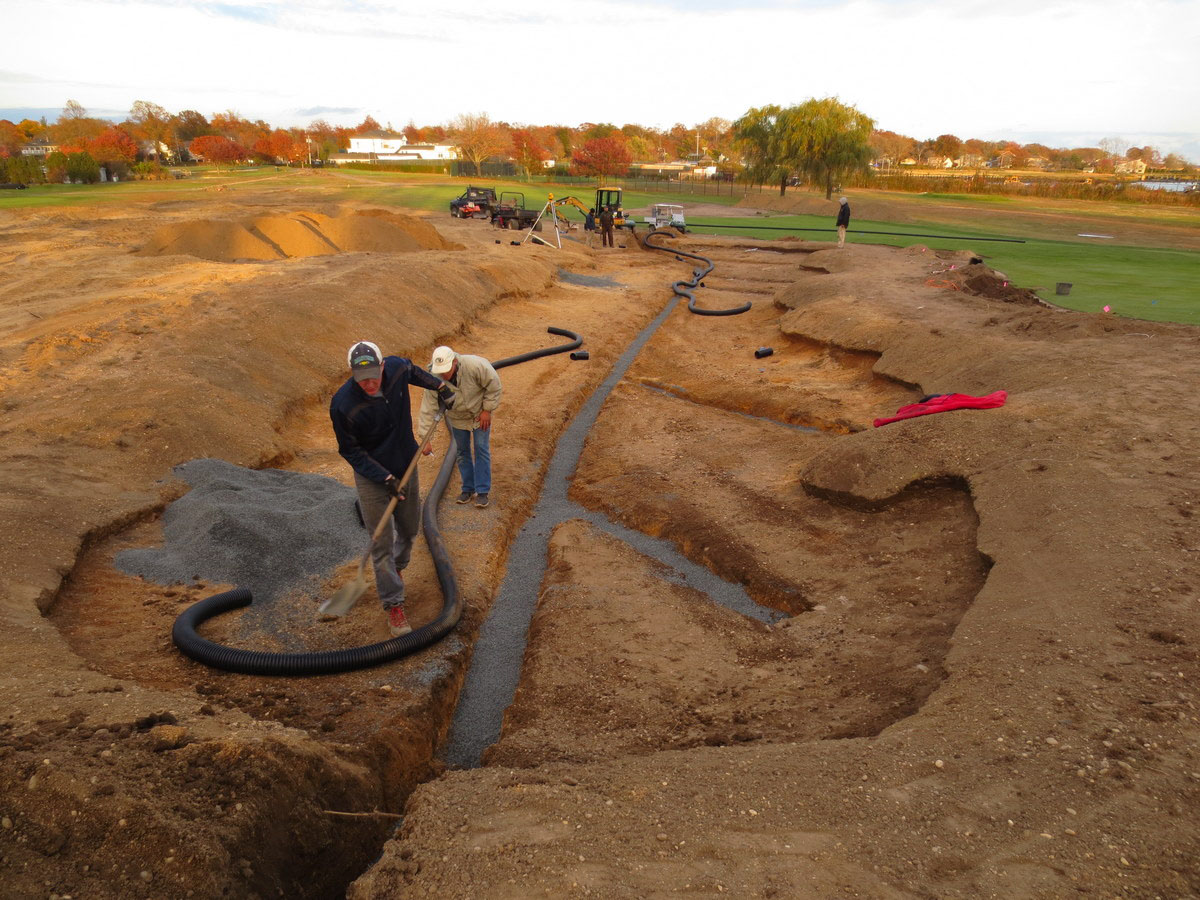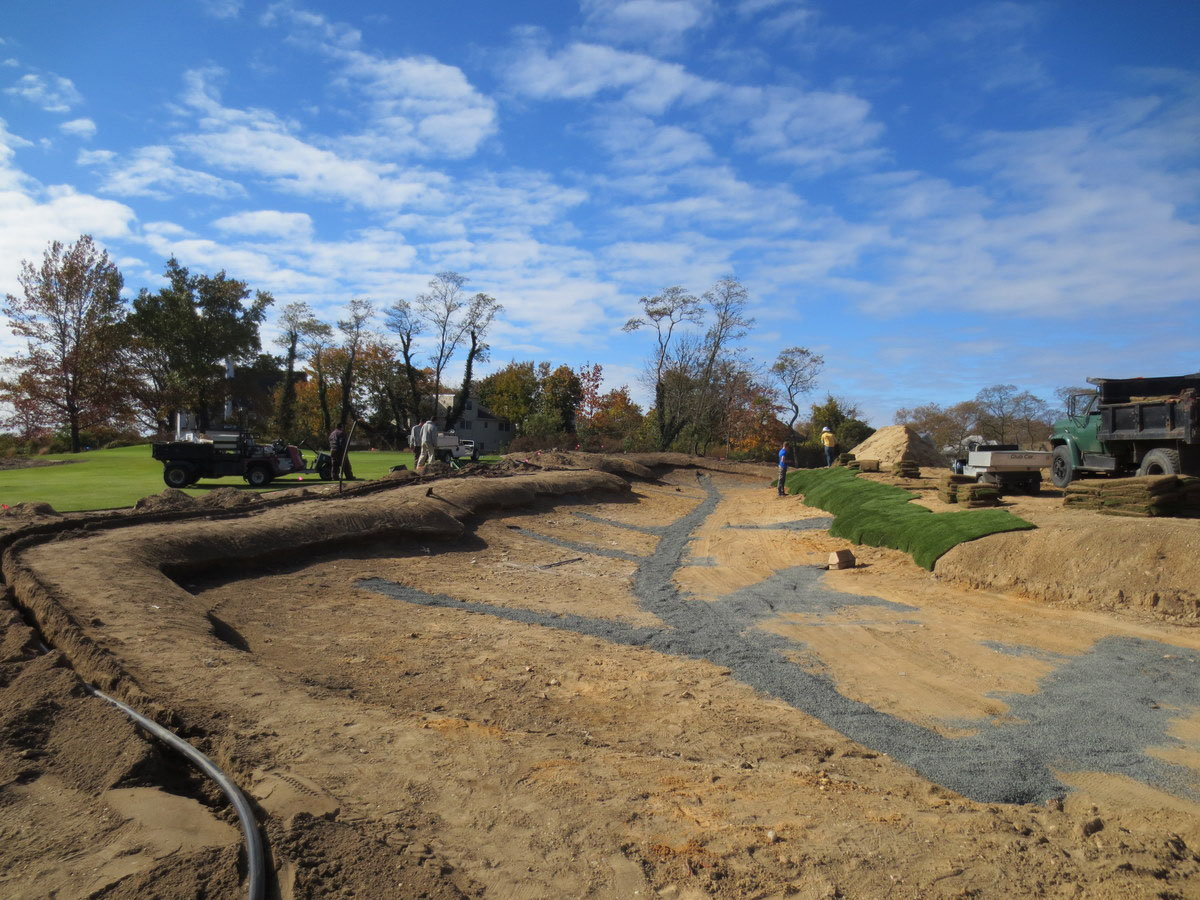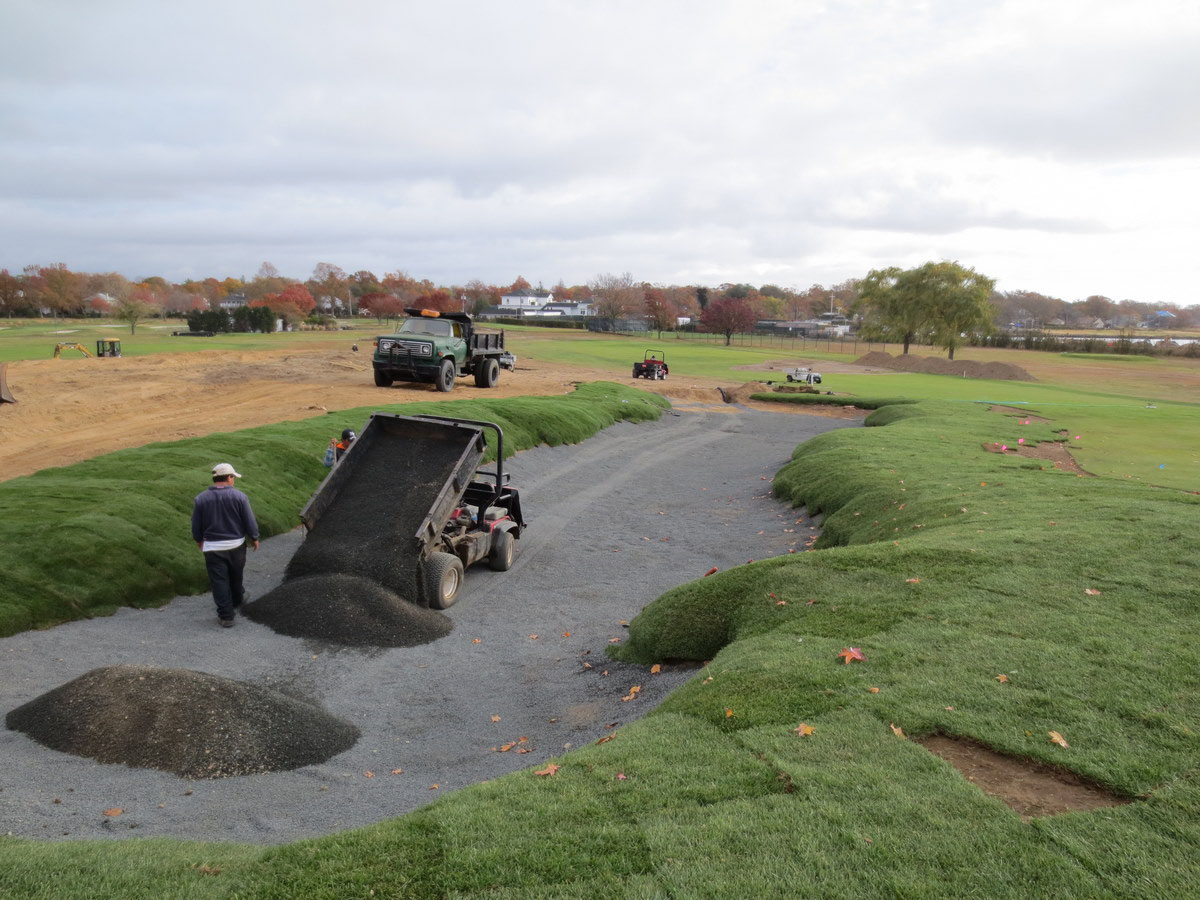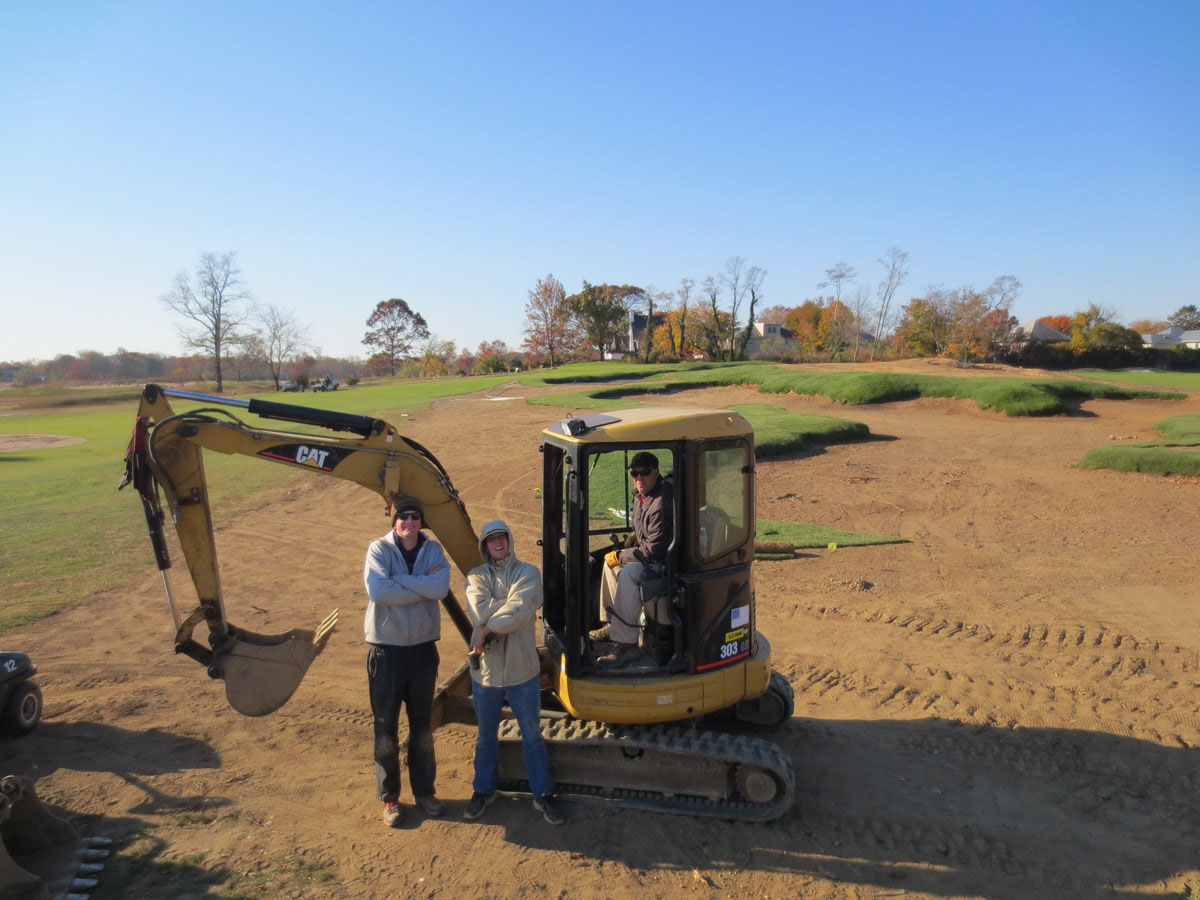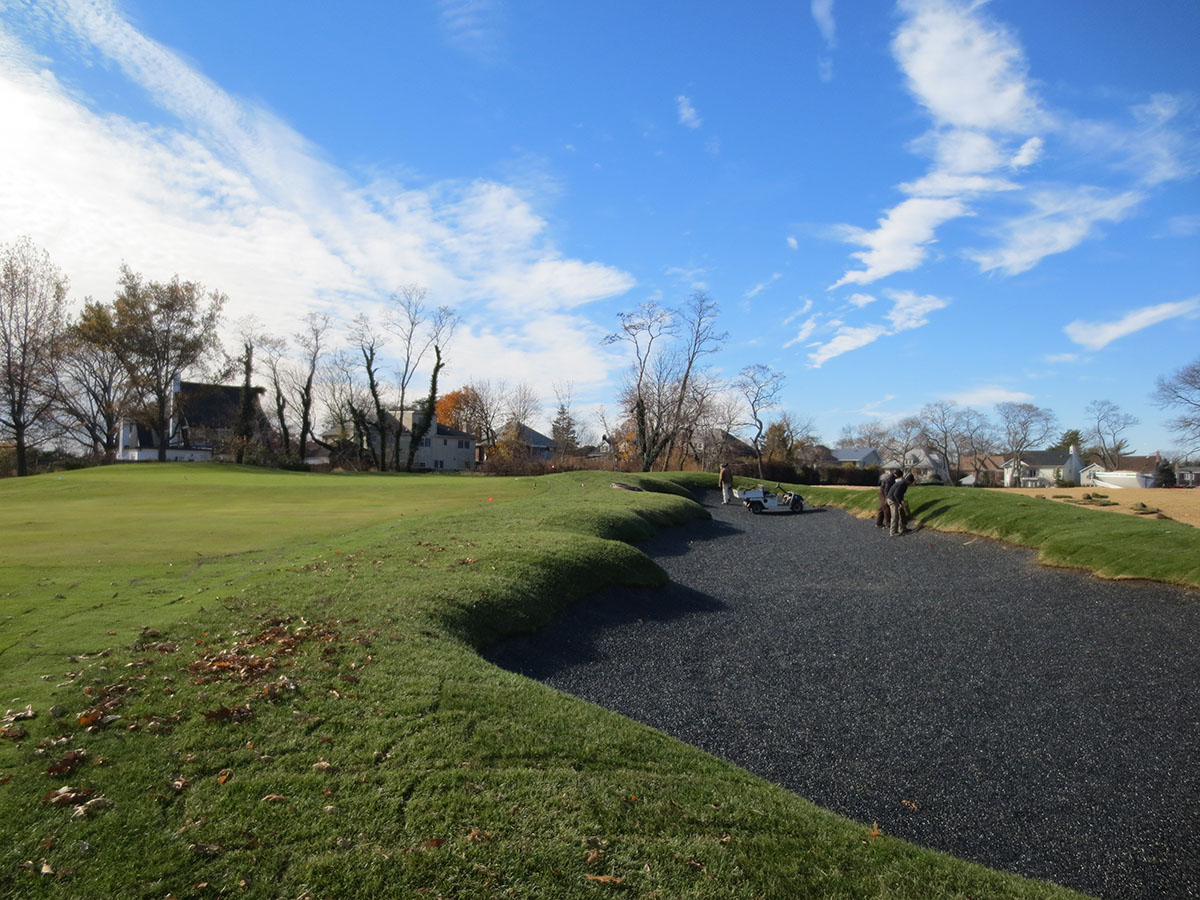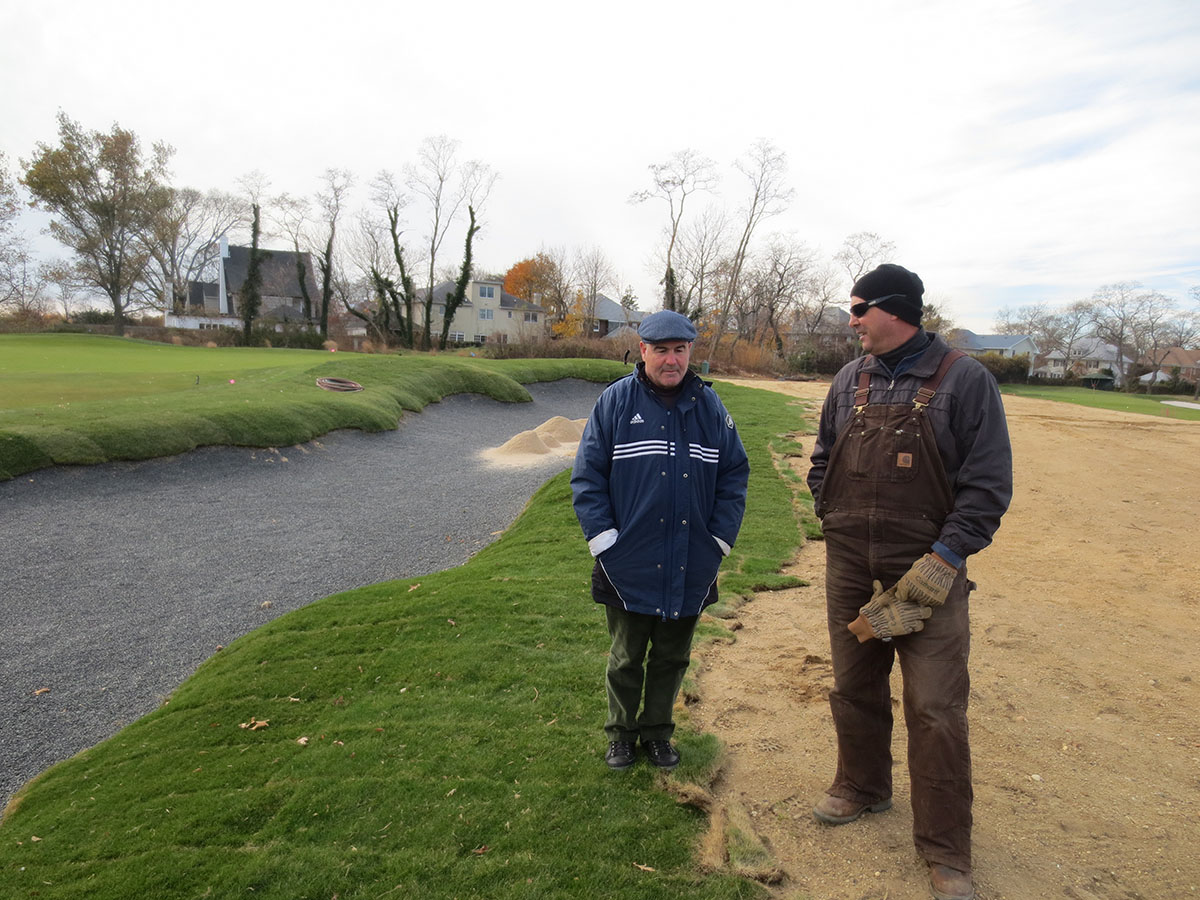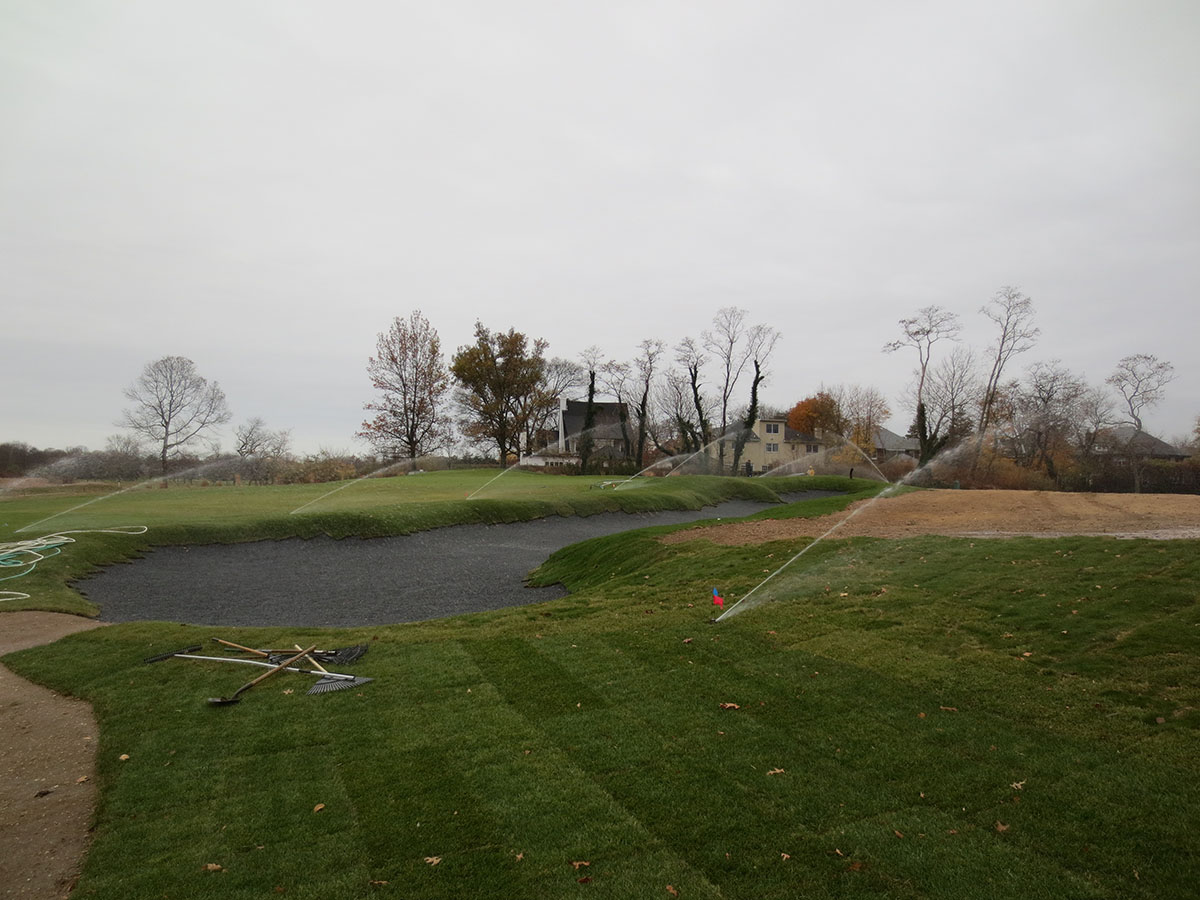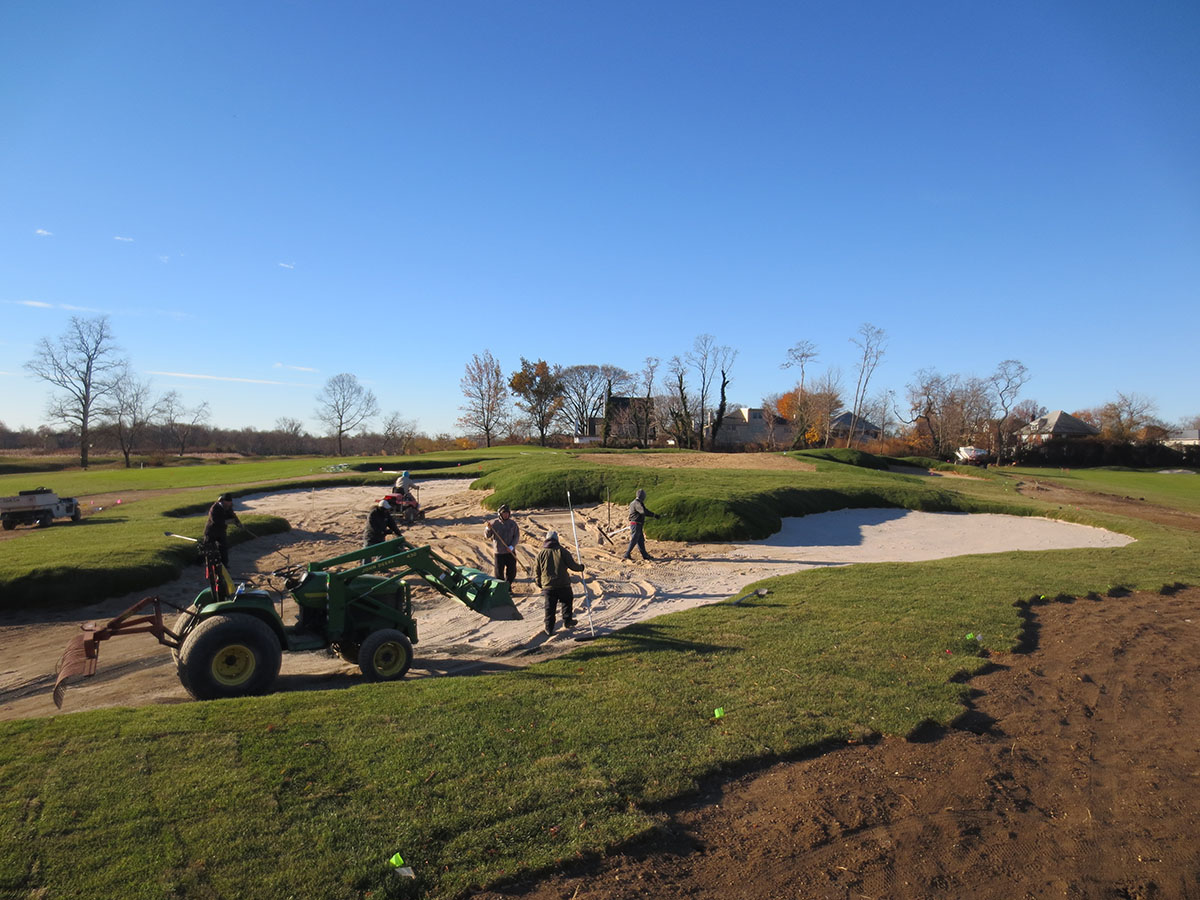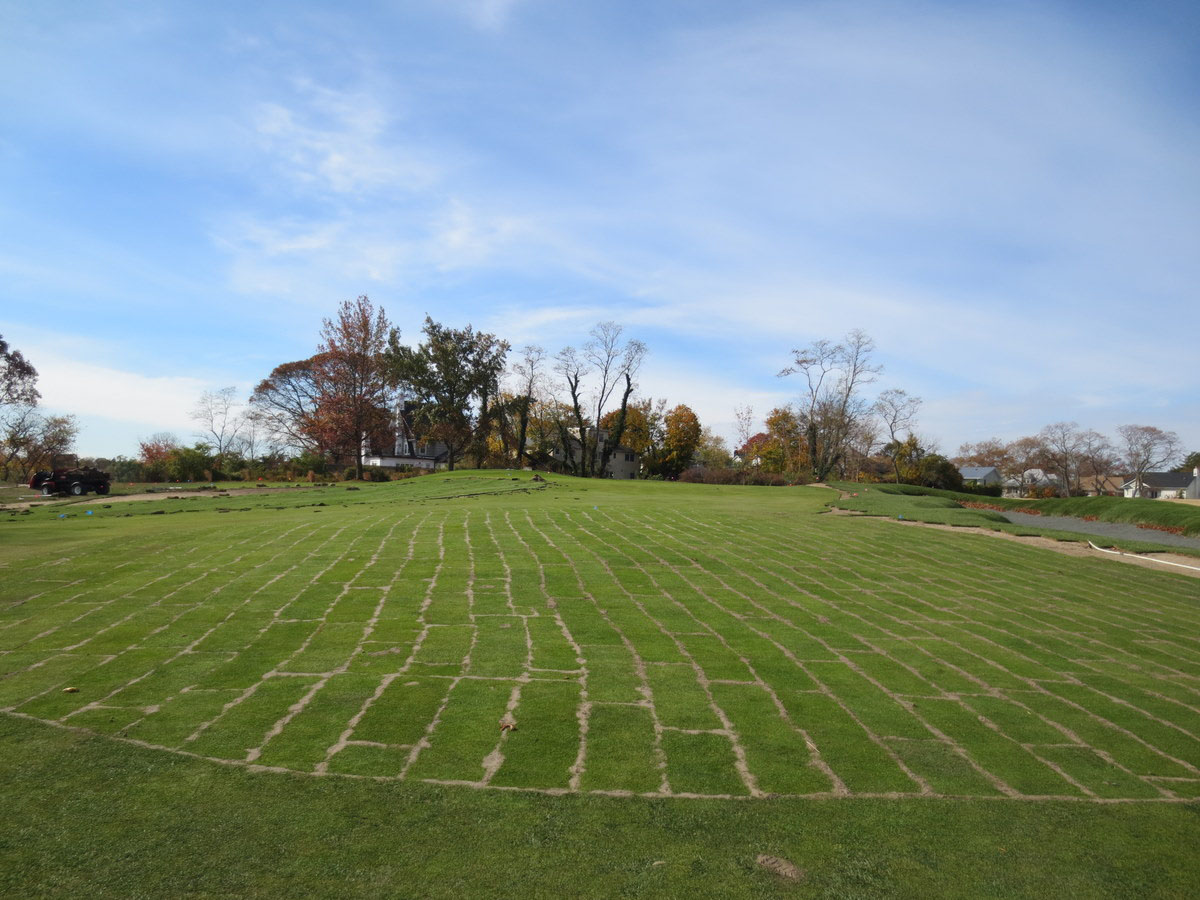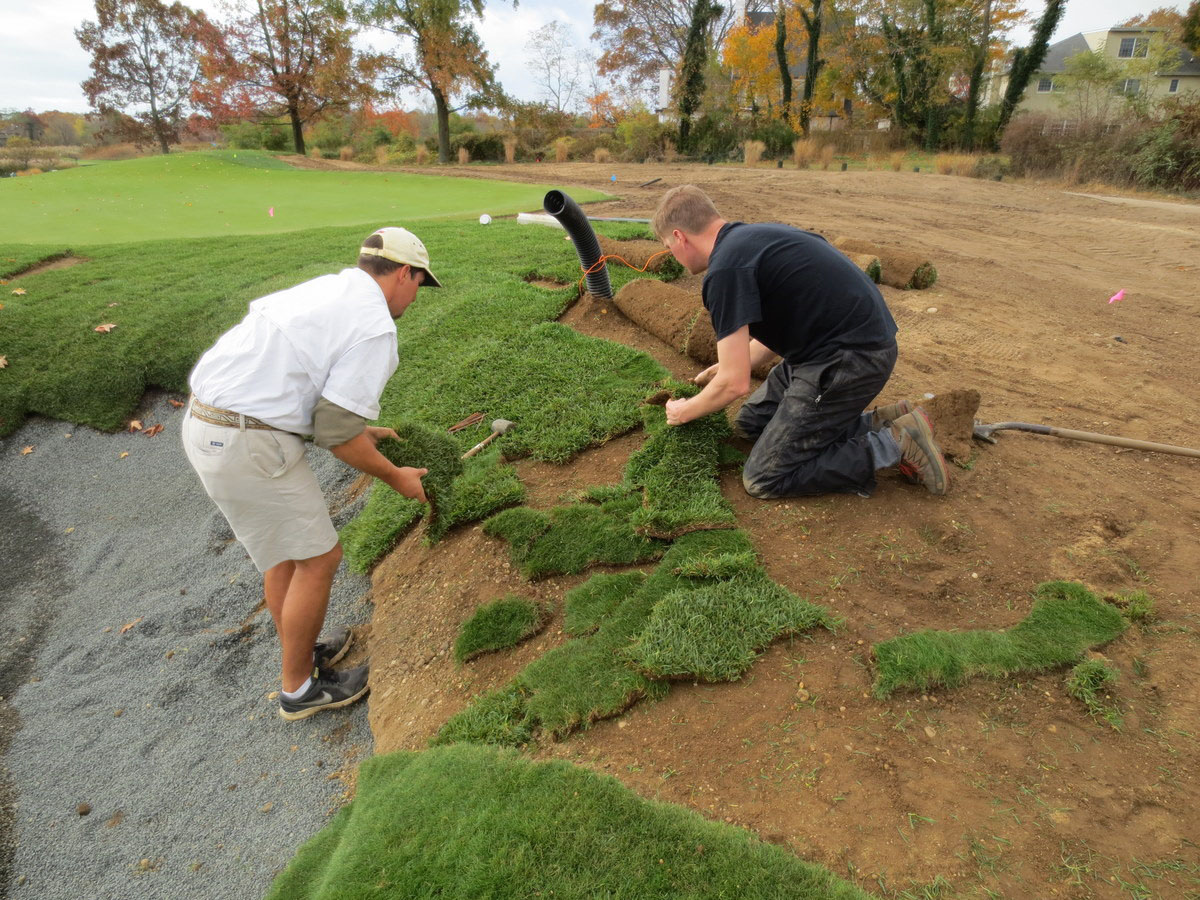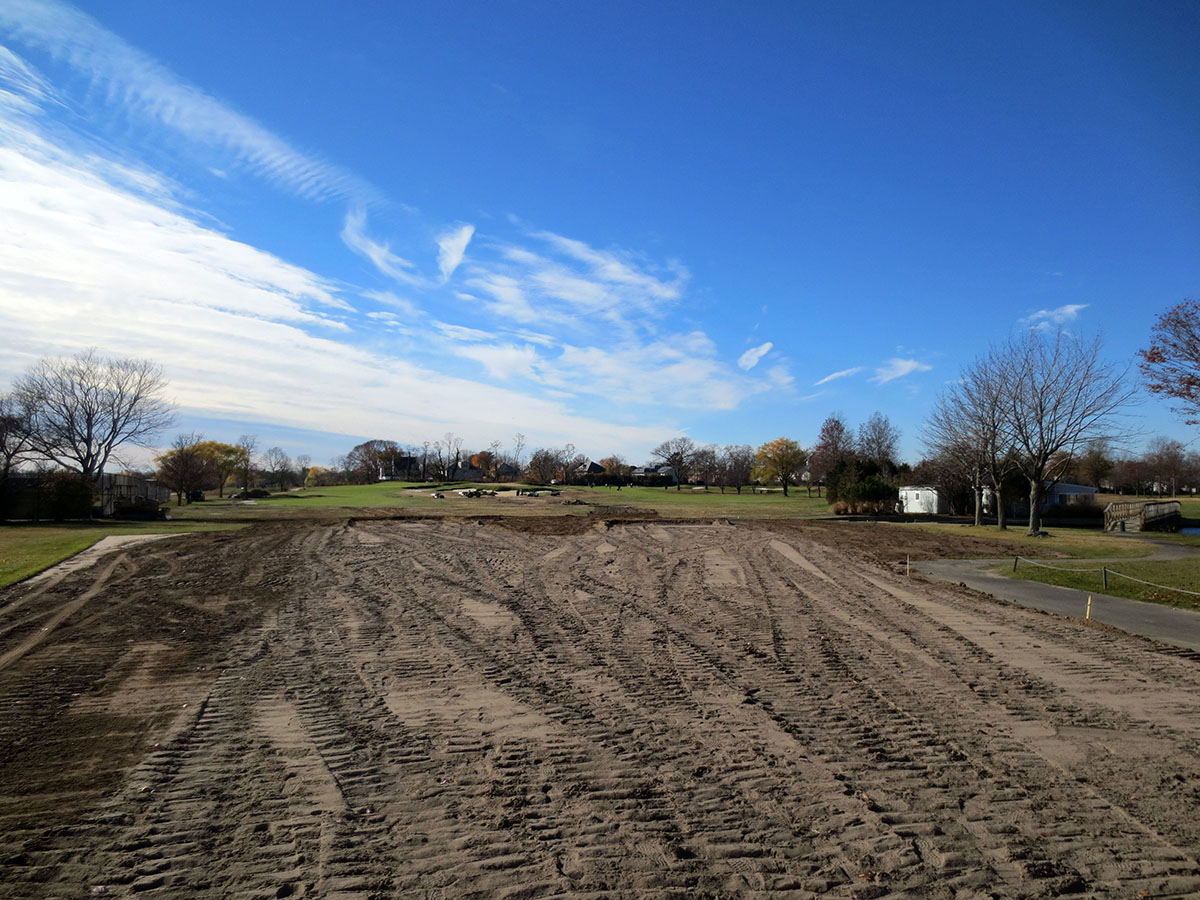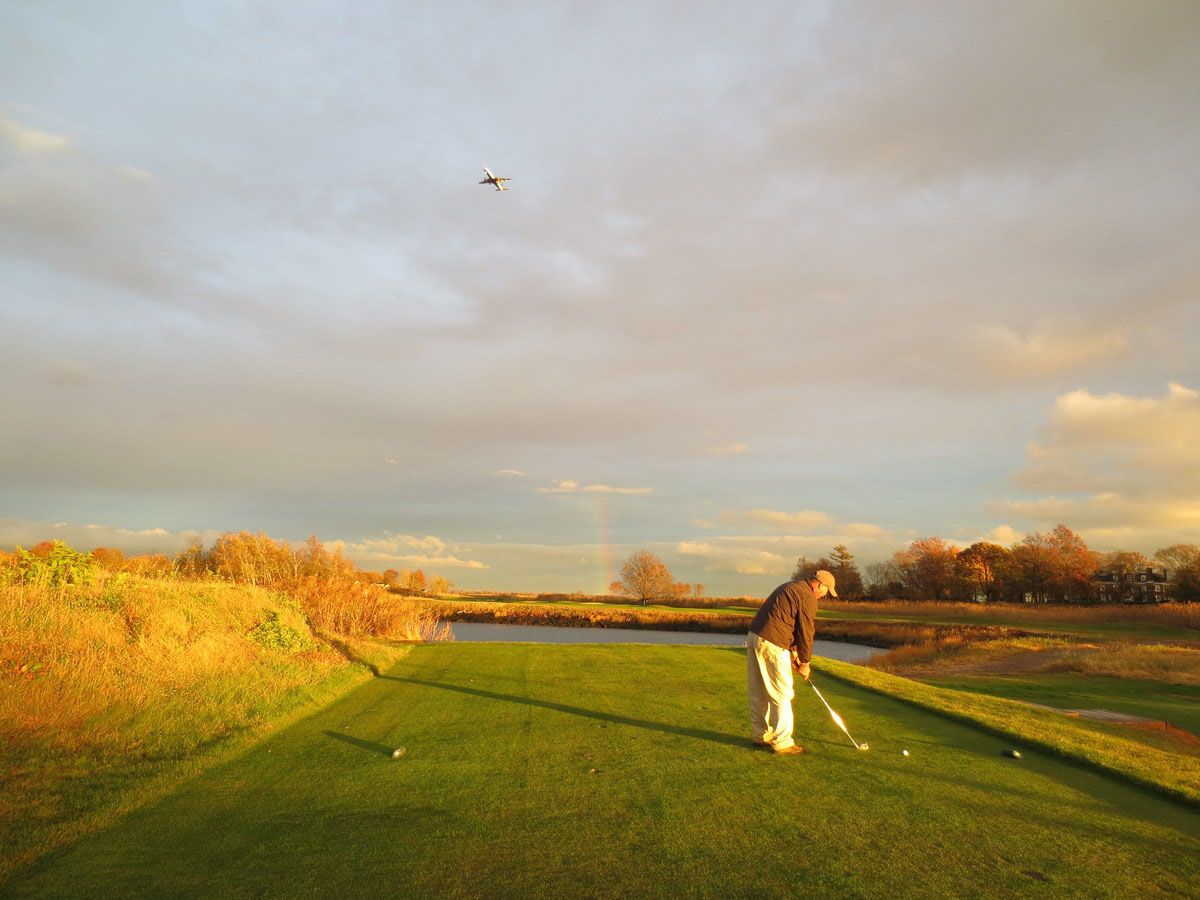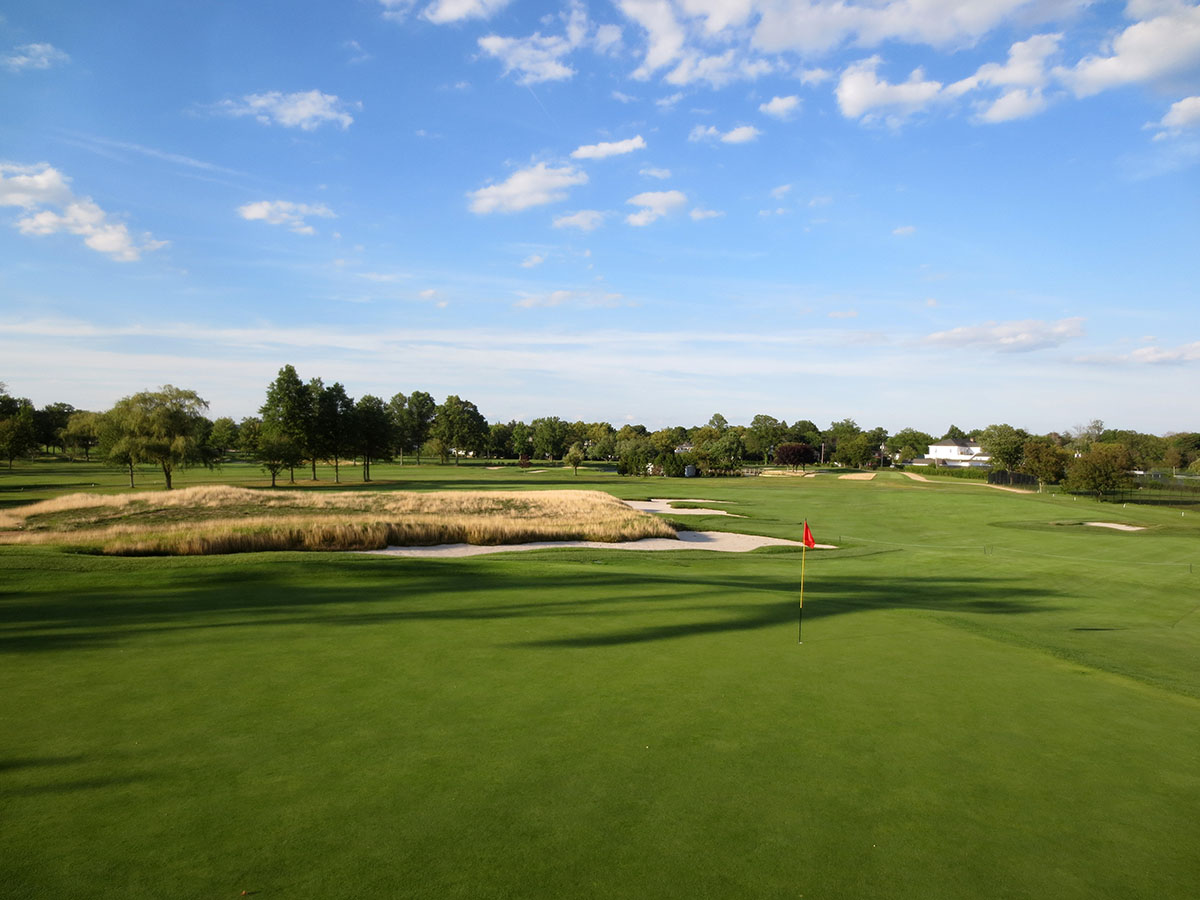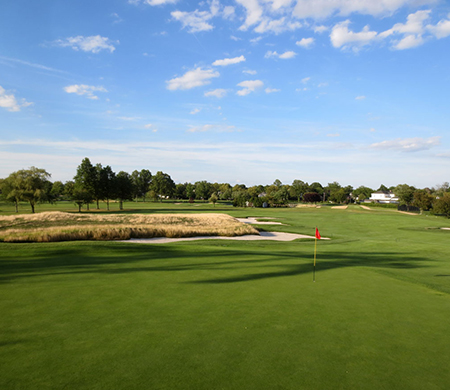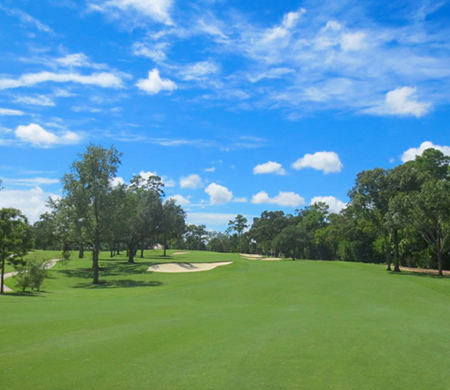Sometimes you can make an older golf course significantly better and more enjoyable with just a few changes. Our team had that opportunity recently in New York and the work we did is a great example of how a team approach and some practical changes can really enrich a site.
Located on the south shore of Long Island, NY, the 102-year old Woodmere Club sustained extensive flooding and storm-surge damage during 2012's devastating Superstorm Sandy. In over a century as a storied and revered private club, Woodmere-which was expanded to 18 holes by Robert Trent Jones in the 1950s, has weathered it all: droughts, the Great Depression and wars. When Sandy covered Woodmere's golf course and clubhouse in six feet of salt water, repair and improvement became a must.
The staffs lack of ability to water killed several greens and compounded the problems brought by the sea salts. An especially unfortunate loss was a stand of 100 decades-old pine trees near the fourth and 10th holes. Their loss eliminated much of the strategy for the two bordering holes.
Understandably, some members wanted the trees to be replaced, but take a look at the results above and below and see If Woodmere made the right decision.


